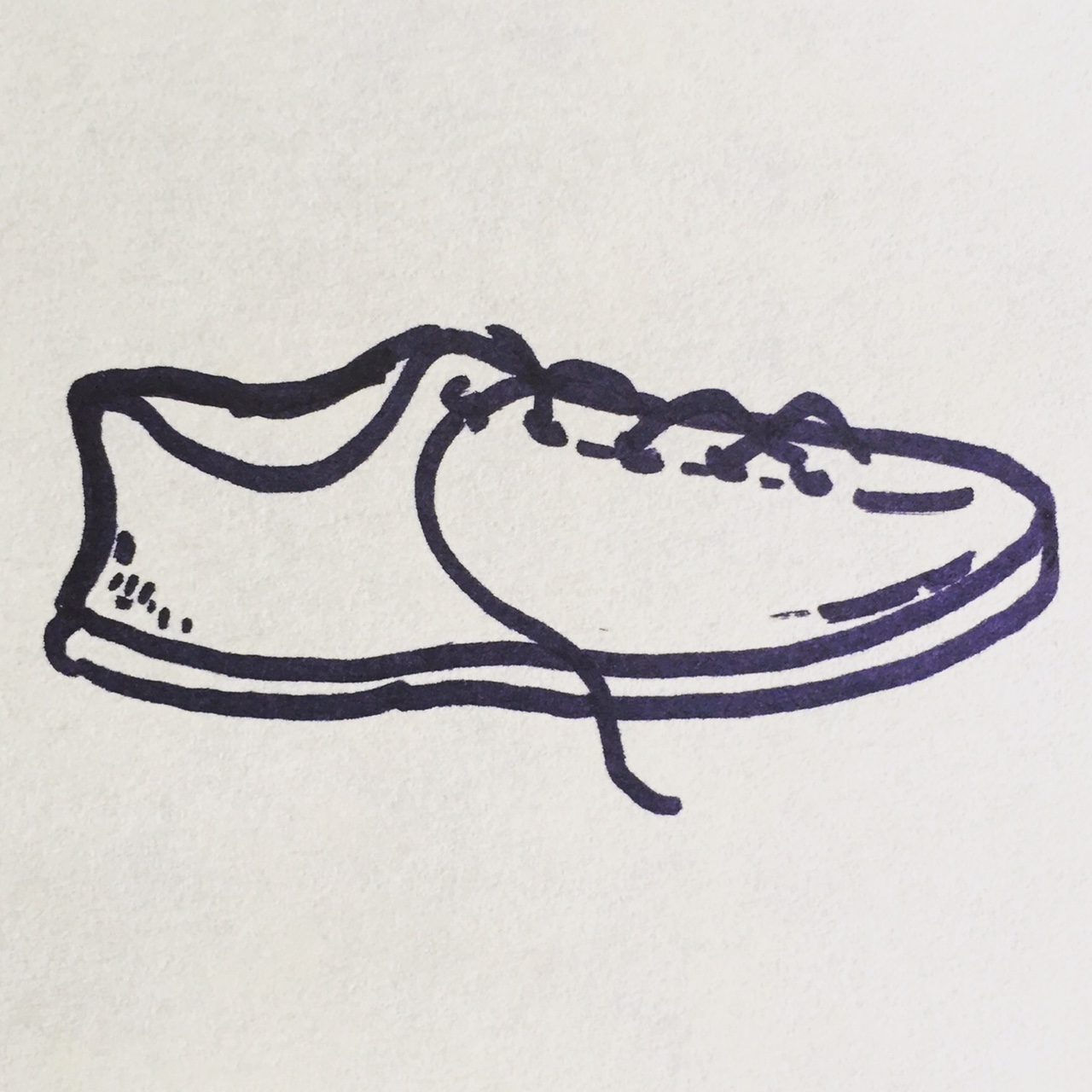With the advent of wearable technology, a number of organizations have introduced fitness challenges, leveraging the personal activity trackers worn by employees. For a period of a few weeks, a challenge is issued to the members of the organization, and participants that register link their device to a company portal that is dedicated to tracking performance. Statistics are aggregated and rankings within the organization are then calculated in near-real time. The intent is to encourage competition among employees in a goal to be the most active. This naturally has the added benefit of promoting an awareness of making healthier choices during the workday.
Now imagine if the challenge lasted more than just a few weeks. What impact might that have on the culture and the overall business environment?
Why shouldn't organizations encourage more movement within the organization during the work week? For those that do move about, the opportunities for greater collaboration are just a few steps away. A number of Silicon Valley companies have created campuses with spaces designed intentionally as collision points between different divisions, fostering interactions and connections between staff that might not naturally work together. Pixar's campus features an atrium that specifically encourages unplanned collaborations between employees from across the organization.
As leaders, we should encourage a culture of movement and connections, reward autonomy, and allow our teams the flexibility in their schedules that match the way that best suits their peak times of productivity. In return, and if mentored, they will reward the business with laser focus and help create a balance in their availability and attention to customers and a commitment to important projects and tasks.
As campus administrators, we had a practice in our office of assigning one member of the team a list of places on campus to visit and the technologies to check. The assignment rotated weekly. Given the size of our department, each individual might receive the task three or four times a year at most. The punch list included checking printers and computer labs, televisions in high-profile locations, registers in the dining halls, wireless connections in academic spaces, and any space that featured technology generally found along a typical campus tour route. Basically, anything that was managed by IT was placed on the list. It was our approach to management by walking around.
The stereotype that most technologists in Information Technology have is one of an introverted hermit, crouched behind a desk in a low lit back office watching reruns of Battlestar Galactica. We broke that stereotype, and in return, we took a proactive approach to integrating our services across the institution. What our team learned in the process was that the more they moved about, the more integrated they became with the culture on campus. Staff members that had received assistance in the past would stop to say, "Thank you." Often, our team would return with ideas from conversations that they'd had with peers around campus, as well as requests for additional services. By being out on the front lines and listening to our users, our team was able to offer better customer service than had ever been delivered in the past.
Higher education institutions have a chance to do what others in business have already figured out. Management by walking about is just one way to influence a change in culture. Other opportunities may arise when considering the redesign of a space on campus or a new construction project. Imagine bringing forward a design that abandons discipline-centricity and encourages collisions between the faculty in, say, the marketing department, with students taking digital design courses. Shouldn't mathematicians be afforded an opportunity to interact with academics from the physics department?
These unscripted interactions could ultimately bring about important changes to academic fields and the paths that faculty and students may choose to follow in the future. But first, we must take the opportunity to be intentional with how the organization perceives movement.





